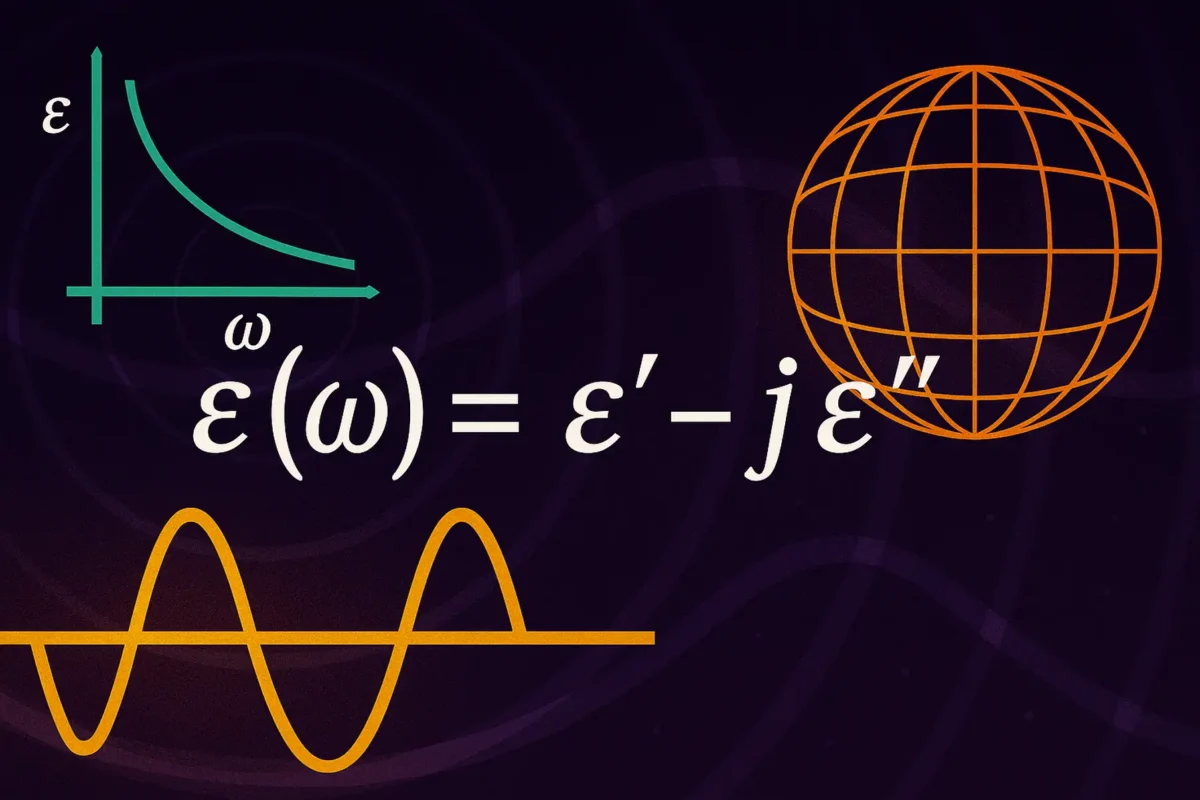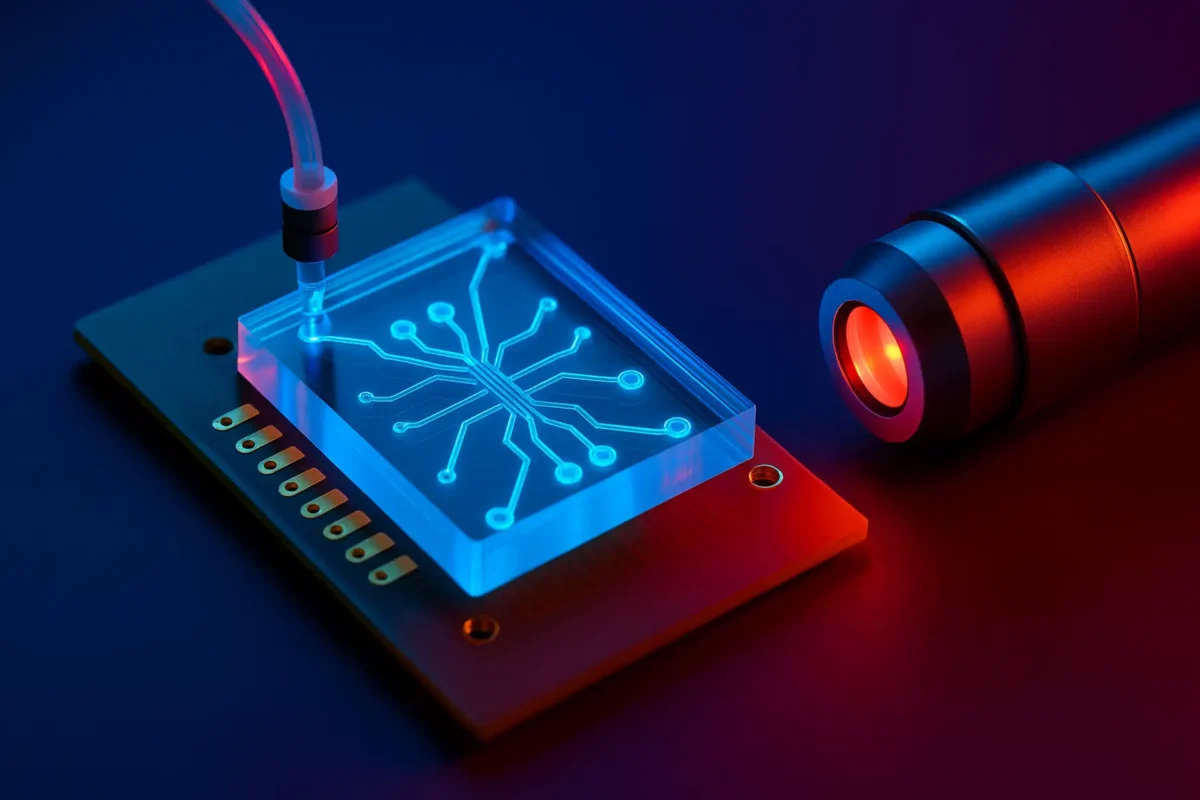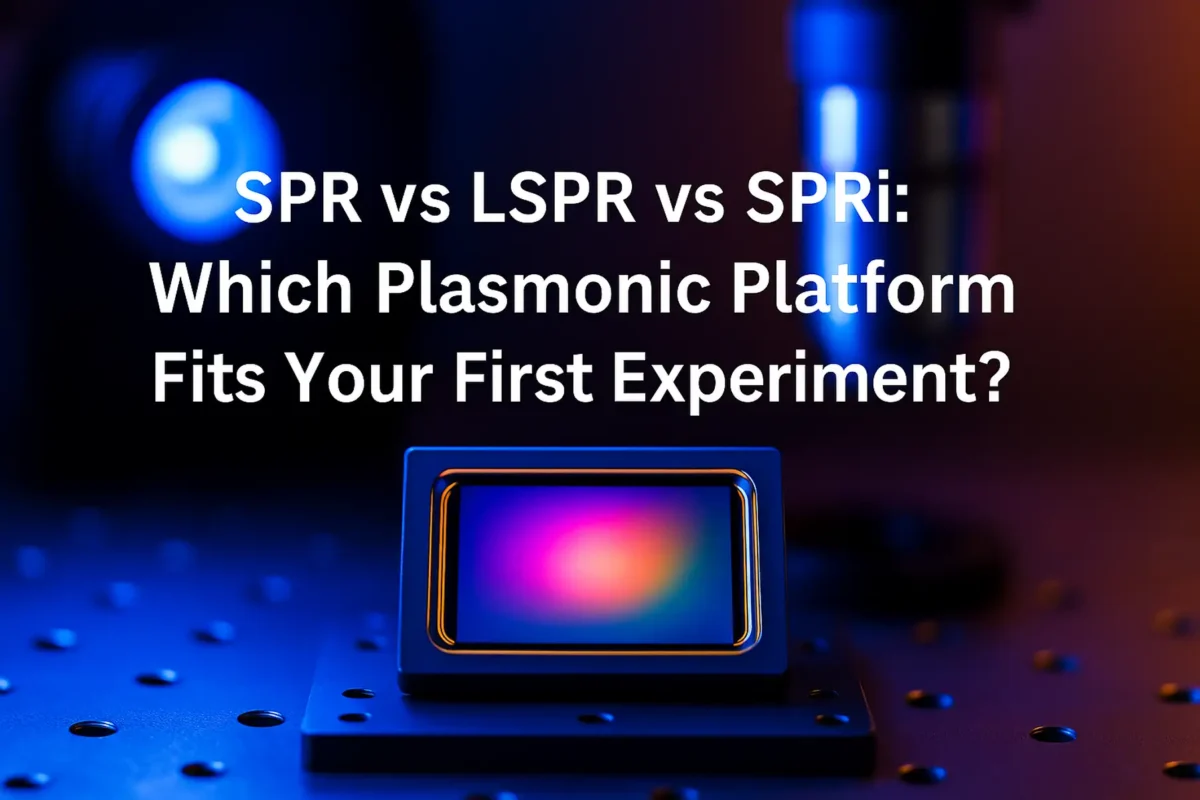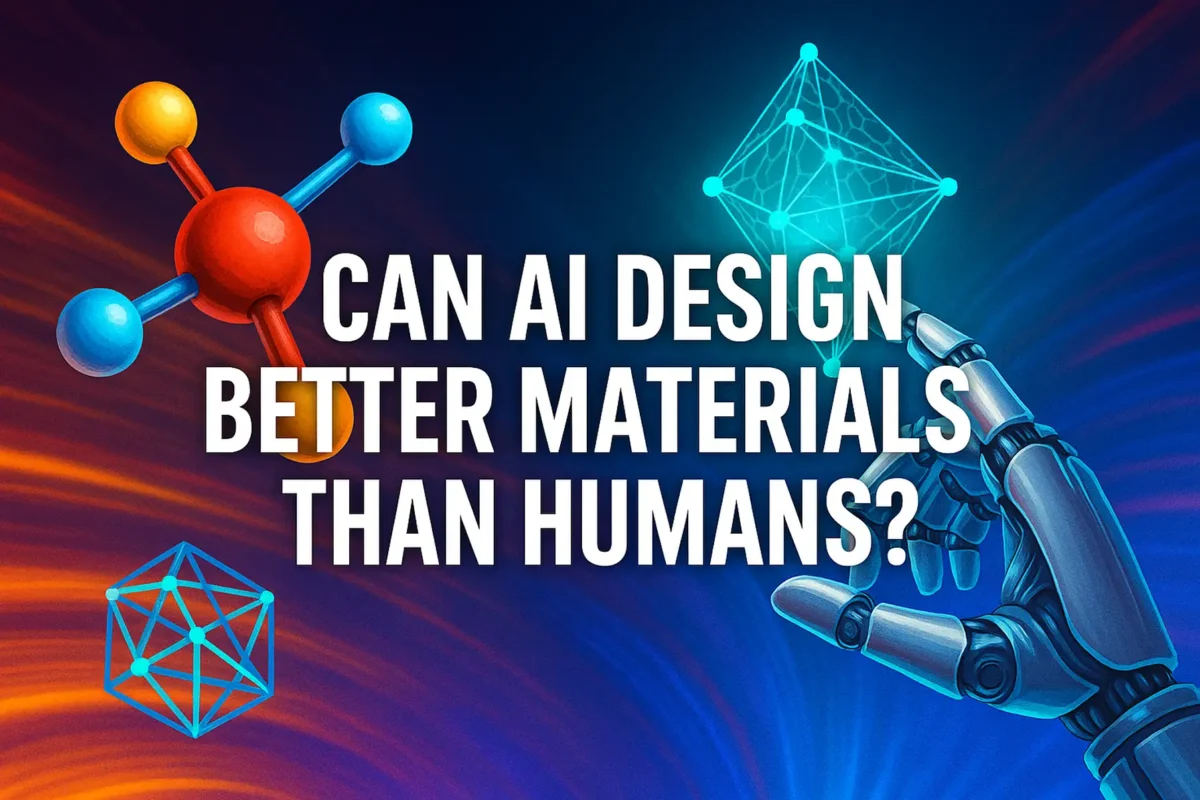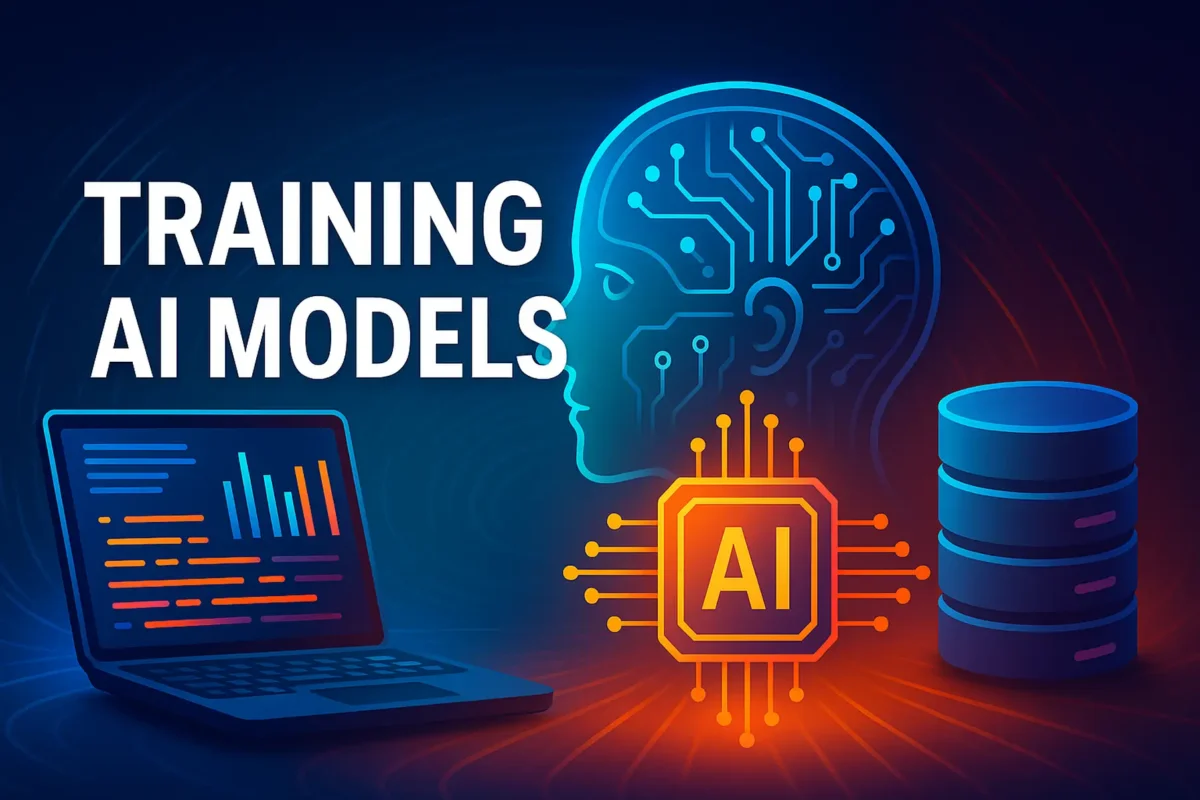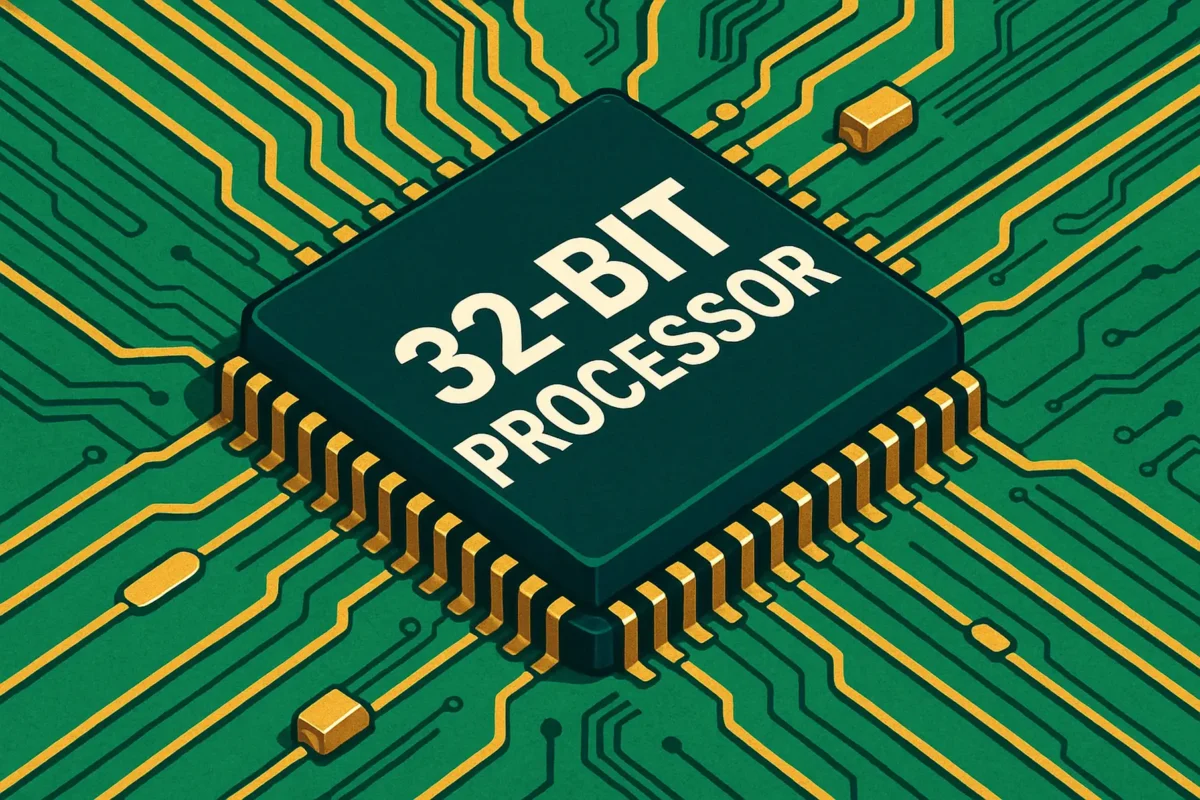Introduction Complex permittivity, denoted as $\varepsilon = \varepsilon’ – j\varepsilon”$, plays a central role in the understanding and simulation of electromagnetic and optical materials. Here, $\varepsilon’$ refers to the dielectric constant that quantifies a material’s ability to store electric energy, while $\varepsilon”$ captures the loss or dissipation of energy within the material. This dual nature […]
